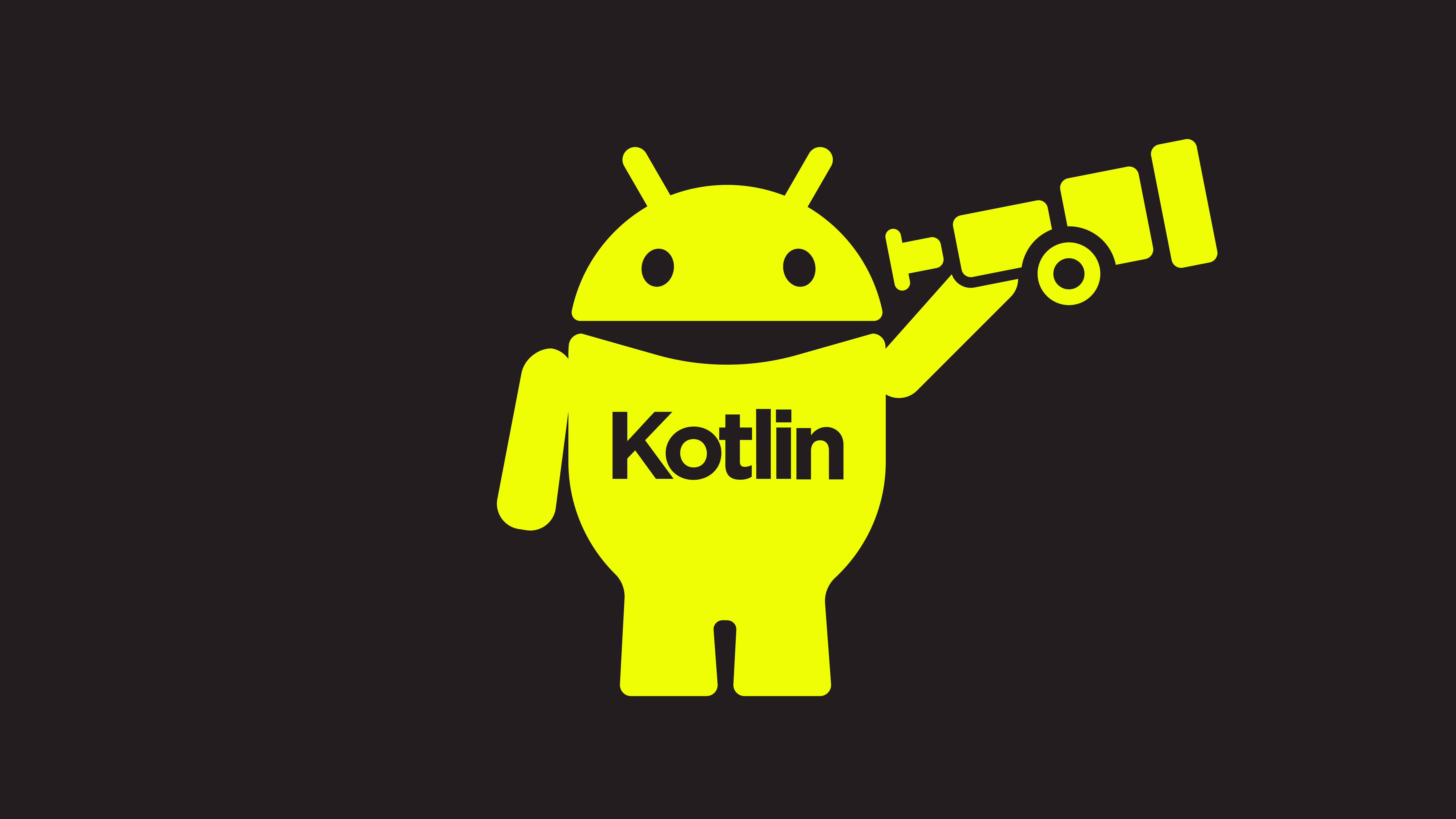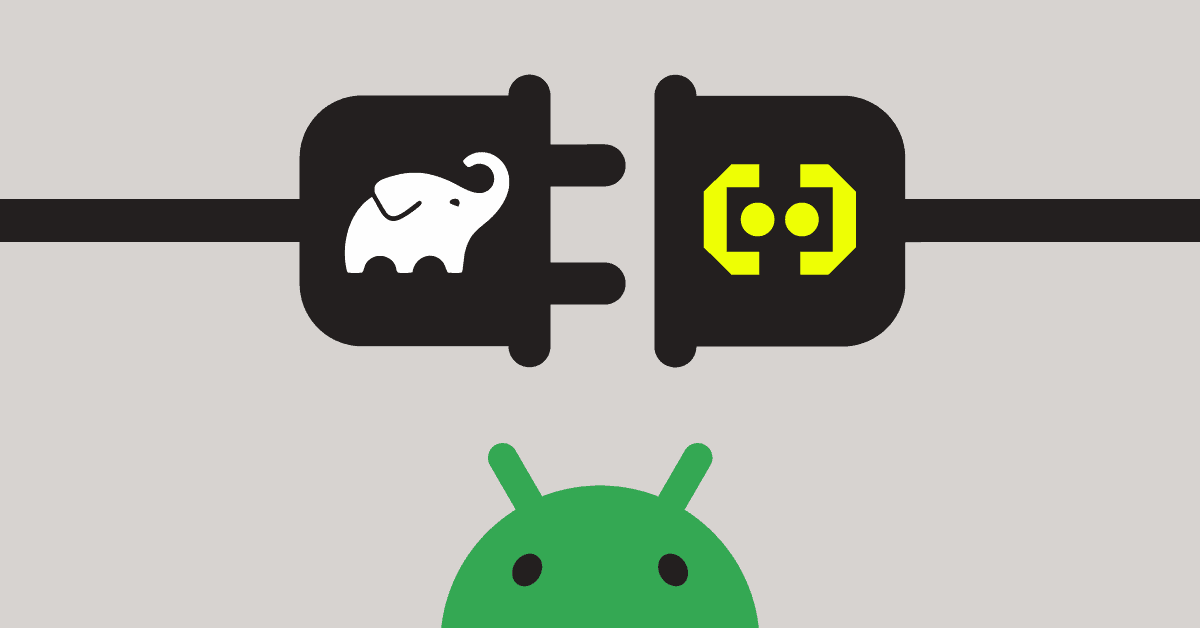The Google Play Console is more than just a publishing tool for the Google Play Store. For the savvy mobile team looking to improve the quality and performance of their app, the Google Play Console is an important tool for testing and gathering information.
In this blog post we’ll cover the top 5 functions mobile developers should know about the Google Play Console:
- Android Vitals
- Test Tracks
- Review Analysis
- Device Catalog
- Acquisition Reports
Also be sure to check out our previous post on the top reasons your app is losing discoverability on the Google Play Store.
Android vitals
After you publish onto the Google Play Store, it’s time to measure how your app is functioning in the wild. Android Vitals include various metrics on how your app is performing, including:
Core vitals:
- Crash rate
- ANR rate
- Excessive wakeups
- Stuck Partial wake locks
Other vitals:
- Excessive background Wi-Fi scans
- Excessive background network usage
- App startup time
- Slow render time
- Frame or app freezes
- Permission denials
Developers can use these metrics to gain insight into what is causing problems in their app and take steps to fix it. Keep in mind that the Play Store’s discoverability ranking algorithm will reward you for having better vitals, as Google wants performance to be top of mind for app developers. These stats are excessive when:
- Exhibits at least one ANR in at least 0.47% of its daily sessions.
- Exhibits 2 or more ANRs in at least 0.24% of its daily sessions.
- Exhibits at least one crash in at least 1.09% of its daily sessions.
- Exhibits two or more crashes in at least 0.18% of its daily sessions.
- At least one partial wake lock in 0.70% of all battery sessions.
- At least one partial wake lock in 0.10% of battery sessions while your app is running only in the background.
Learn more about Android vitals.
Test tracks
A/B testing is critical for developers to collect metrics and feedback on features or changes they may wish to understand. The Google Play Console enables this with Test Tracks, which allows for developers to create early versions of the app for internal or external testing without impacting the experience of their core users. It can be a closed or open test experience with the capability to scale for multiple versions of the app to be tested at the same time. Got many ideas but don’t want to mix them all together? Test Tracks is the way to go!
Learn more about Test tracks.
Review analysis
Users want your app to be great, and they won’t hesitate to let you know about their experience. They deliver feedback — both good and bad — via leaving reviews on your Play Store page. The Review Analysis function allows developer teams to browse their ratings and reviews in addition to replying to users!
Users love it when developers engage with their community because it helps them feel as though their reviews were worth it, which in turn builds loyalty and retention. It can be frustrating for developers to receive a negative review, but we recommend reading each and every review so users know you take their complaints seriously.
The ideal response is to thank your users for bringing an issue to your attention while also indicating how and when a fix will be coming. Remember that these interactions are public and will foster goodwill (and reviews) from other users!
Learn more about Review analysis.
Device catalog
This function allows developers to view and restrict an app’s compatible devices. Developers will want to use this when they know their app is performing poorly on specific devices (or no longer want to support a specific device).
This catalog page displays several metrics for you to consider as you include or exclude devices, such as:
- Installs on active devices (last 30 days)
- Cumulative average rating
- Revenue (last 30 days)
- Technical attributes such as screen size, form factor, System on Chip, RAM, CPU, ABI, GPU, and SDK
Learn more about Device catalog.
Acquisition reports
Any mobile team looking to grow and scale as a business will care about how they are acquiring users, and this is where the team can find some relevant metrics. The User Acquisition tab in the Play Console provides information on how users discover and install your app. Teams will want to use this section to examine their user journey, acquire quality users that are easier to convert, and monitor their acquisition costs. It also gives in-depth details into user behavior so developers can better tweak their onboarding and conversion process.
Learn more about Acquisition reports.
How Embrace helps mobile teams
Embrace is a data driven toolset to help mobile engineers build better experiences. We are a comprehensive solution that fully reproduces every user experience from every single session. Your team gets the data it needs to proactively identify, prioritize, and solve any issue that’s costing you users or revenue.
Want to see how Embrace can help your team grow your non-game app with best-in-class tooling and world-class support? Request a demo and see how we help teams set and exceed the KPIs that matter for their business!



